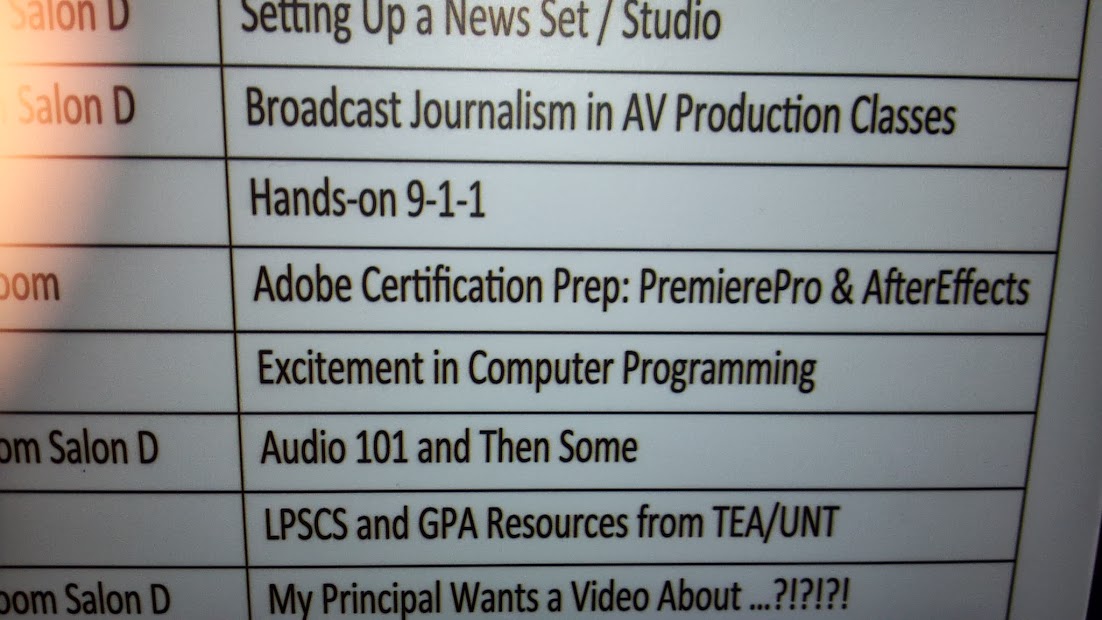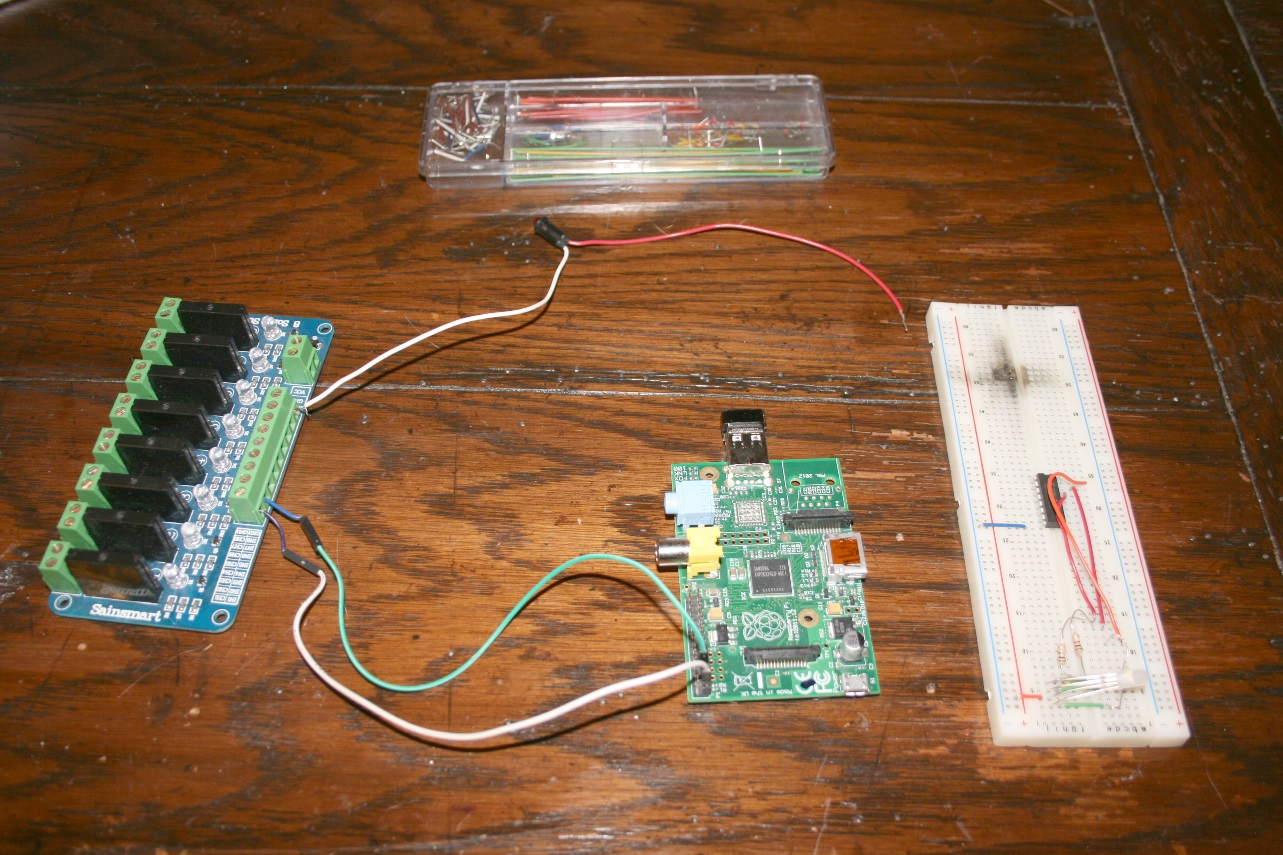| Our very own Matthew Bennett talks about the last two years with Raspberry Pi and his recent educational workshop on “Excitement in Computer Programming”. Matthew (if you are forum denizen then you will know him better as ubermoderator ‘abishur’) has been involved in the Raspberry Pi community right from the beginning. He is a tireless moderator: prolifically helpful and unfailingly polite . We’re delighted that Matthew has stuck around and we’re proud to have him on the team. The Raspberry Pi ethos shines in Matthew’s article: just roll up your sleeves and get involved. All of us can make a difference if we decide to. N.B. Matthew tells me that there would have been more pictures but there was some excuse involving a baby… A lot has changed around here since there were just a handful of us posting comments on a rather small blog and clamoring for a forum so we could properly talk to one another. Back then, we thought that the 10 thousand boards they were making would take year(s?) to sell. We definitely thought that everyone on the blog and soon thereafter on the very modest WordPress forum would definitely get one of the Pi's from the first batch. Needless to say the response to the Raspberry Pi has been tremendous, far outpacing even our largest expectations. Unfortunately, one of the side effects of the demand has been the educational side of things hasn't gotten as much of a spot light as all the incredible things you, the community, have done with the Pi; we asked what you would do with your slice of the Pi and man have y'all ever responded! We are continuing to work hard on the educational aspects of the Pi and like updating you when fun educational things happen. One such event happened in the middle of July. Since the beginning of May I had been communicating with the Texas Industrial Vocational Association (TIVA). They had me come out to their state-wide continuing education conference, which thankfully was in my neck of the woods, and talk on “Excitement in Computer Programming”. During the first half of the session, I worked with the teachers over why we even wanted programming taught in schools, why using iPads or other tablet devices didn't work, and defined what we even mean when we talk about computer use vs computing vs programming. The goal was to make sure that every educator attending could have a clear and concise case to bring to a principal or board of educators when it came. The second half of the session was devoted to actual use of the Pi, we "installed" the OS, went through first boot, and then did the hello world of GPIOs: we lit up an LED! Here is the outline and PowerPoint presentation I made. I should warn everyone, however, that my outlines are tricky things. They look like they're written word for word what I plan to say, but they're not, it's still just an outline, it gives them a rough feel, but it's there if you'd like a good base. As way of example, here's some things we talked about outside the outline:
The parts I've bolded were reminders to advance the slide. Also, I had planned to write the presentation and make the outline during my two week vacation after my son was born. So if you pay attention there's a spot where the amount of slides I was making suddenly decreases as I ran out of time (who knew babies were so needy?). All in all, it was a lot of fun and we're wanting to do this again at their midyear conference and again at their next summer conference along with some advanced classes. One teacher is hoping we can set up a talk with his students during the school year. Everyone who attended was pretty excited about getting Pis in their curriculums. Here’s a picture of my teaching setup. I use a Raspberry Pi Model A with Wi-Fi setup to connect to my phone as a mobile hot spot. My laptop also connects to the phone and then I can use my laptop to remote into the pi. If a projector is handy I just connect straight to the projector and use a combo keyboard/mouse instead of the wireless dongle. I use the 8 solid state relays to demonstrate how the Pi can interface with high voltage applications, and the breadboard to demonstrate lighting up a simple multi-color LED using software emulated PWM to control how bright each LED is. Oh, and there is a transistor array on that breadboard to demonstrate how easy it easy to add a layer of protections into the mix when interfacing with the 3v3 GPIO pins.
|
A Semi-automated Technology Roundup Provided by Linebaugh Public Library IT Staff | techblog.linebaugh.org
Wednesday, August 7, 2013
Guest Blog #4: Excitement in Computer Programming
Subscribe to:
Post Comments (Atom)


No comments:
Post a Comment